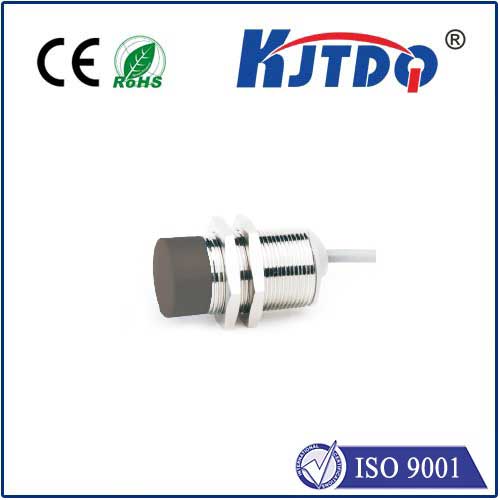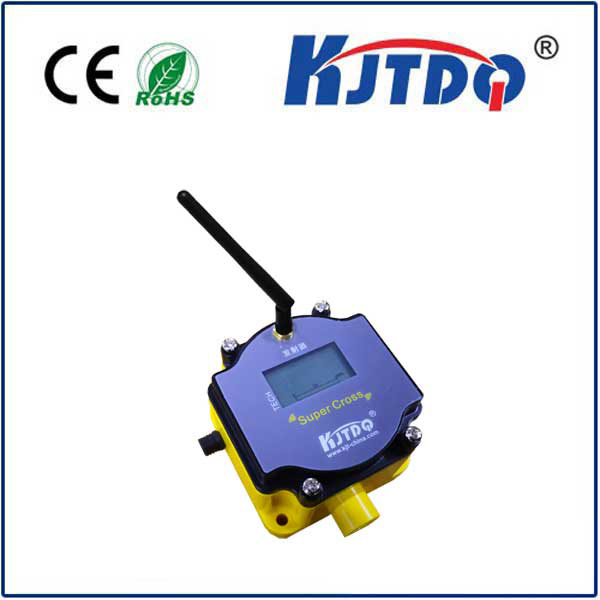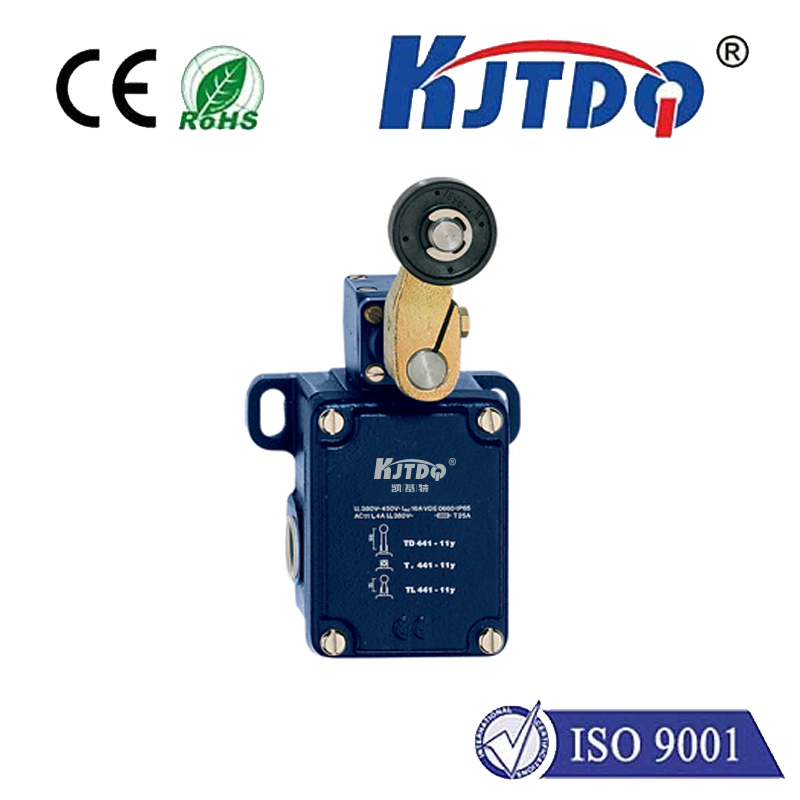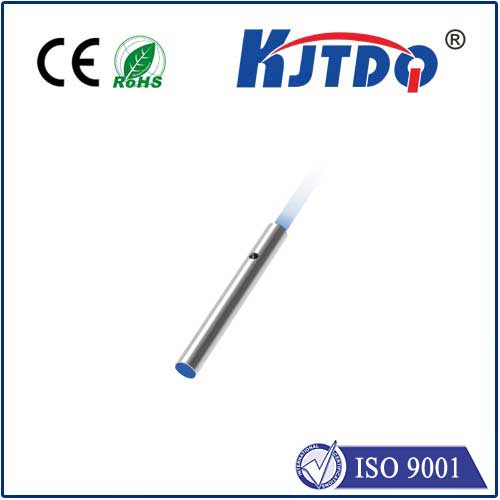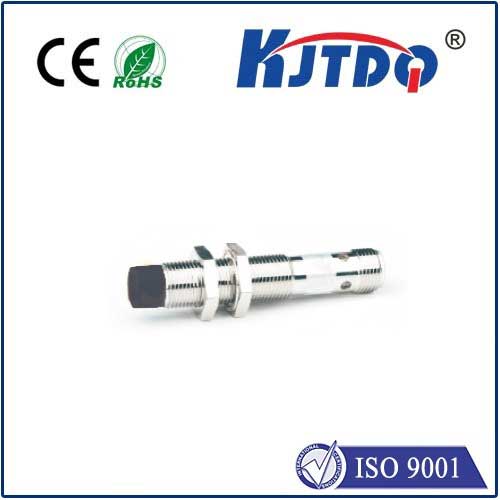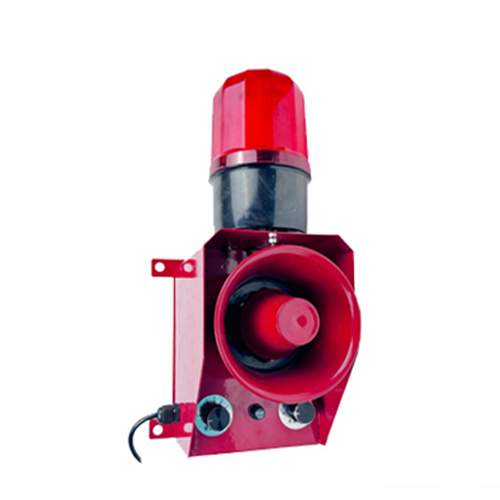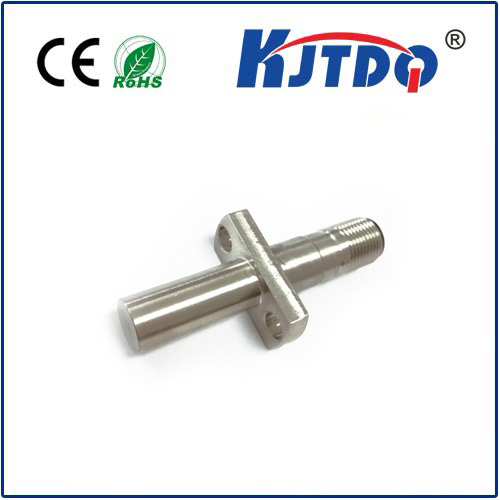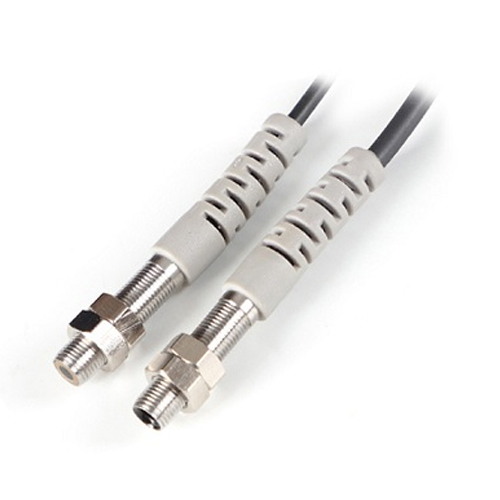

check

check

check

check

check

check

check

check

check

check
Title: The Revolutionizing Impact of Optical Fiber Sensors
Introduction
The world is witnessing a technological breakthrough in the form of optical fiber sensors that are transforming various industries. These tiny devices, which are invisible to the naked eye, have the potential to revolutionize the way we perceive and interact with the environment around us. In this article, we will explore the impact of optical fiber sensors on various fields and how they are reshaping the future.
Impact on Agriculture
In agriculture, optical fiber sensors are being used to monitor soil moisture levels, temperature, and nutrient content. This technology has enabled farmers to optimize their crop yields by identifying areas that require more water or nutrients. Additionally, it has helped to reduce the use of pesticides and fertilizers, making farming more sustainable and environmentally friendly.
Impact on Transportation
Optical fiber sensors are also playing a significant role in transportation infrastructure, particularly in the area of traffic management. By monitoring traffic patterns and flow, these sensors can help to alleviate congestion and improve safety on roads. Furthermore, they can be used to predict and prevent accidents, making transportation systems safer and more efficient overall.
Impact on Energy Storage and Distribution
Optical fiber sensors are being used to optimize battery storage and distribution systems in renewable energy projects. By measuring the state of batteries in real-time, these sensors can help to ensure that electricity is generated when it is needed most. They can also assist in balancing supply and demand, ensuring a stable and reliable energy supply.
Impact on Environmental Monitoring
In environmental monitoring, optical fiber sensors are being used to detect pollution levels in air, water, and soil. This technology can provide critical information on the health of ecosystems and inform policy decisions related to environmental protection. It can also help to identify sources of pollution and facilitate targeted interventions to reduce their impact.
Conclusion
As we continue to advance technologically, optical fiber sensors are becoming increasingly important in various fields. From agriculture to transportation, energy storage, and environmental monitoring, these tiny devices are helping us to better understand and interact with our environment. As they become more widespread, we can expect further innovations that will transform our daily lives for the better.
